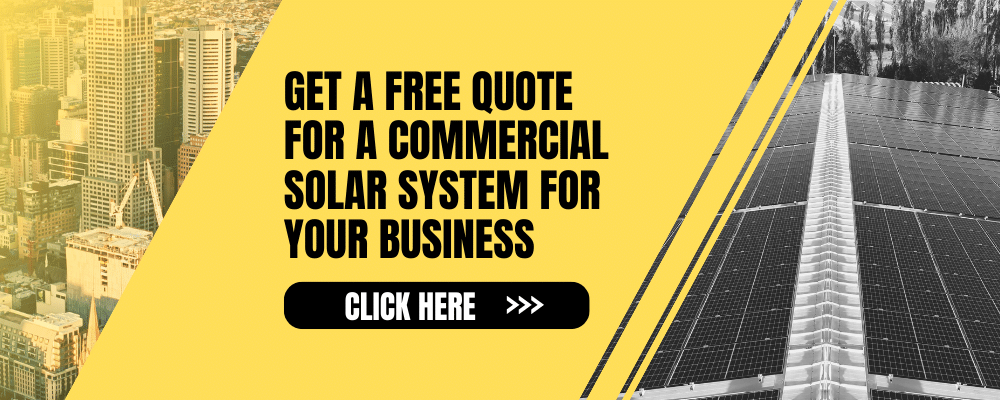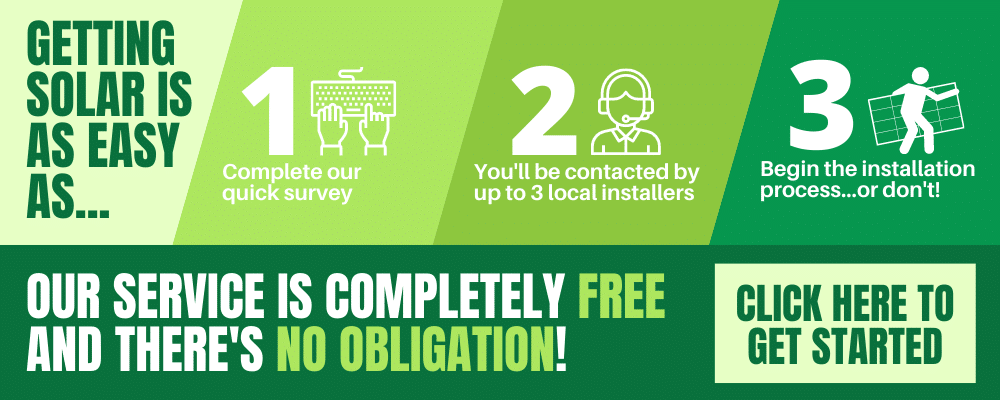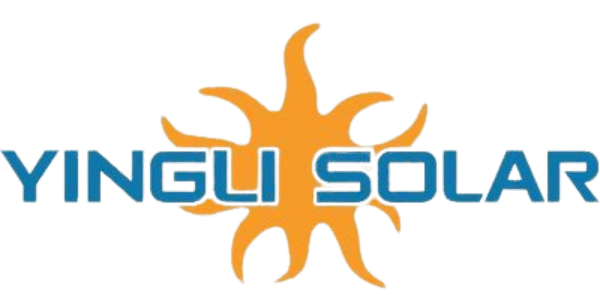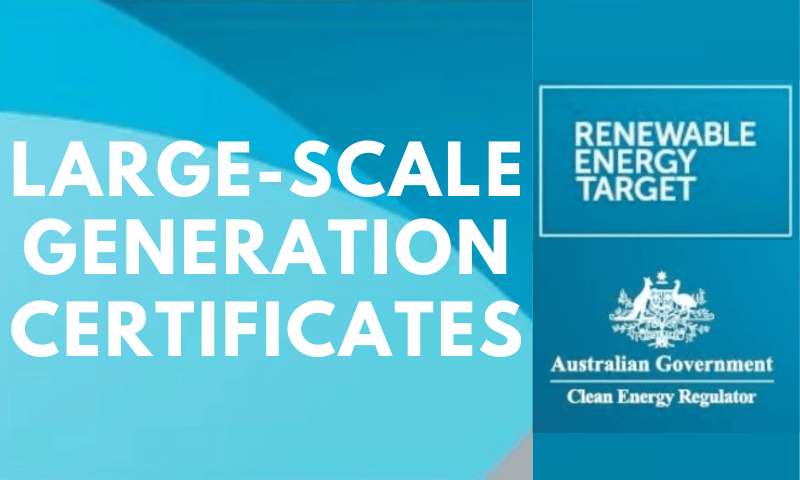
The Australian government established Large Scale Generation Certificates (LGCs) as part of its Renewable Energy Target (RET). A program aims to reduce carbon emissions in the electrical sector and encourage power generation from sustainable and renewable resources.
Businesses interested in large commercial solar systems with capacities greater than 100kW can take advantage of the Large Scale Renewable Energy Target (LRET) and Large Scale Generation Certificate (LGC). An LGC enables businesses to buy and sell renewable energy generated by large-scale solar power systems.
For businesses exploring the potential of renewable energy integration, Energy Matters offers valuable insights. You can gain a better understanding of the possibilities by obtaining FREE solar quotes, helping you navigate the landscape of sustainable energy without any obligation.
On this page
LGCs vs STCs?
The Australian Government introduced the RET program, divided into the Large scale Renewable Energy Target (LRET) and the Small scale Renewable Energy Scheme (SRES).
The small-scale Technology Certificates (STCs) as solar incentives for system sizes up to 100kW.
The government introduced Large-scale Generation Certificates (LGCs) for large commercial solar systems larger than 100kW.
The Small scale Renewable Energy Scheme incentivises homeowners to build eligible small-scale installations such as solar water heaters, heat pumps, solar panel systems, small-scale wind systems, or small-scale hydro systems. It accomplishes this by requiring the issuance of Small-scale Technology Certificates (STCs). The current Small-scale Renewable Energy Scheme (SRES) will be phased out in 2030.
The Large scale Renewable Energy Target provides a financial incentive for developing and expanding renewable energy power stations such as wind and solar farms. It requires the purchase of Large-Scale Generation Certificates (LGCs) depending on the amount of renewable electricity generated. The LRET specifies the amount of renewable energy that renewable energy power plants must generate annually until 2030.
Check out our page to learn more about renewable energy certificates.
Annual targets and renewable power percentages (RPP)
The 2022 renewable power percentage (RPP) is 18.64%.
This means liable entities (generally electricity retailers) are required to surrender approximately 32.6 million large-scale generation certificates (LGCs) to meet their Large-scale Renewable Energy Target (LRET) obligations for 2022.
Liable entities that do not surrender sufficient LGCs to meet their obligations must pay a non-tax deductible shortfall charge, with a refund available in certain circumstances.
| Year | ||
|---|---|---|
| 2023-2030 | ||
| 2022 | ||
| 2021 | ||
| 2020 | ||
| 2019 | ||
| 2018 | ||
| 2017 | ||
| 2016 | ||
| 2015 | ||
| 2014 | ||
| 2013 | ||
| 2012 | ||
| 2011 | ||
| Source: Clean Energy Regulator, Renewable Energy Target | ||
How do LGCs Work?
To qualify for LGCs, the nominated person, generator, or producer registers as a ‘power station’ accredited with the CER or Clean Energy Regulator.
LGCs are generated by solar energy systems rated at 100kW or more. A certificate is issued for each MWh (megawatt hour) of solar energy generated. The total number of certificates issued is computed monthly using a formula developed by the Australian Government’s Clean Energy Regulator. If the Clean Energy Regulator considers the submitted figure acceptable, an LGC is created and awarded to the nominated person. This LGC is also added to the registry of Renewable Energy Certificates (REC). The said person can claim LGCs yearly, quarterly, or monthly.
As previously stated, LGCs are a currency that may trade with other parties. They can, for instance, be sold to an energy retailer or on the wholesale market. Under the Renewable Energy (Electricity) Act of 2000, energy retailers must purchase LGCs produced by a corporation. Retailers will buy LGCs at a predetermined price set by the government, whilst buyers and sellers on the wholesale market will set their pricing, which will vary based on supply and demand. LGCs are also offered in the bulk of 5000 certificates on the open market. LGCs serve as an additional source of revenue for businesses and can significantly boost their return on investment. Retailers who purchase these LGCs can use them to buy government electricity.
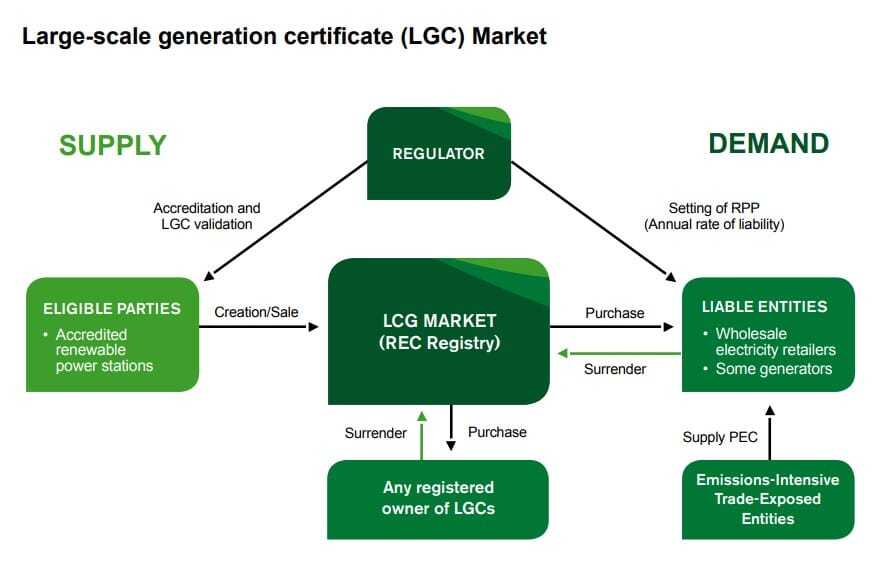 Image: Clean Energy Regulator, Renewable Energy Target
Image: Clean Energy Regulator, Renewable Energy Target
Who can generate LGCs?
Only three businesses produce LGCs. The first is a utility business that generates power and LGCs because it’s more cost-effective than acquiring third-party generators. The second is a third-party producer who creates LGCs to sell them to power utilities. A third-party project developer can generate revenue from LGCs per kilowatt-hour.
Get accreditation as an LGC Generator
A solar energy system must be authorised before generating LGCs. The first requirement is that the system won’t be based on fossil fuels. The second is that the system must be larger than 100kW.
The steps for accreditation are as follows:
- Become a registered person in the online REC registry
- Apply for accreditation
- Pay the application fees
- Application assessment
- Notification of application outcome
Creating and registering LGCs
Once a power station is accredited and producing electricity, it can begin submitting LGCs for certification. The Clean Energy Regulator evaluates LGCs for certification on a monthly, quarterly, or yearly basis (generation for less than a month is not accepted). LGCs are generated immediately in the online Renewable Energy Certificate (REC) Registry. The entire certification is a five-step process that involves the following:
1. Information review before submitting LGC claim
When LGCs can be generated
- Nominated persons from approved institutions may apply for LGCs.
- LGCs cannot be produced before power is generated.
- LGCs cannot be generated for periods of less than a month.
- After the energy has been generated, all LGCs must be created by December 31st.
Pre-creation checks
- Before establishing an LGC, an individual must be nominated by an accredited institution.
- You must have read the LGC formula.
- You must have the necessary permissions to use the REC Registry.
- If submitting an LCG claim for the first time, be prepared to answer the basic validation questions. Record your responses and upload them to the REC Registry alongside your claims.
- Prepare the necessary documentation to back up your claims. To support the creation of LGCs, one must post appropriate documentation to the REC directory. It contains the following items:
- Metered data from electricity meters must accurately access the amount of electricity generated by the solar panel systems.
- You will also need data to show that all the electricity you have generated is from solar energy.
- Power station name
- Year of generation
- Month of generation
- Fuel sources
- Number of LGCs you wish to create
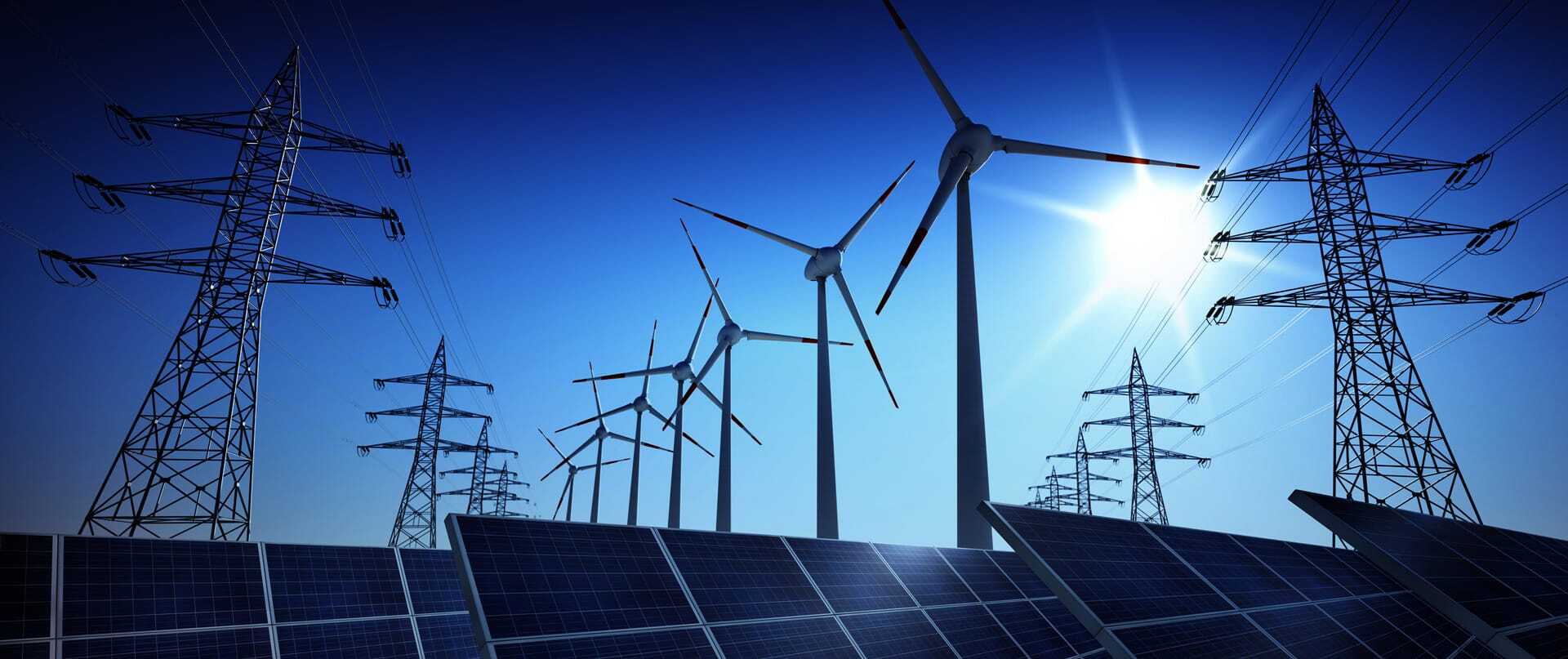
2. Reviewing and adding generation data of power station
A detailed guide is available on the Clean Energy Regulator’s website to add your data.
3. Creation of LGCs under the REC registry
Immediately after entering generation data
After entering your power station generation data in the REC Registry, click on the “Create LGCs’ button. This will open the “Create large-scale generation certificates’ (LGCs) screen.
Your generation month with LGCs pending creation will be filtered the power station, generation year and generation month you have just entered data for.
Bulk create LGCs
- From the left hand menu, navigate to ‘Renewable energy systems’ and select ‘Create LGCs’.
- Select the power station/s, month/s and year/s you want to create LGCs for.
You will be presented with selected power stations with generation months that have LGCs pending creation.
Source: A detailed guide on the Clean Energy Regulator’s website to create LGC.
4. Assessment and validation of LGCs by the Clean Energy Regulator
All you have to do now is wait for the Clean Energy Regulator’s decision.
5. Registering for LGCs via LGC creation fee payment
After the CER has authorised your LGC, access your registration login and click on the fees and invoicing page. You can proceed to the payment page and pay the cost with your credit card. You will be legally permitted to transfer or surrender your newly created LGCs.
Going commercial solar
When installing commercial solar for a company, it is crucial to be informed of all types of federal government solar rebates, incentives and the many benefits these provide, as they may help Australian businesses become future-ready and sustainable for years to come.
Energy Matters has been a leader in the renewable energy industry since 2005.
Contact us for up to 3 FREE quotations from commercial solar firms we’ve pre-qualified and vetted for their track record of delivering the best business solar systems in Melbourne. Complete our quick quiz and begin your solar journey for your business today!







